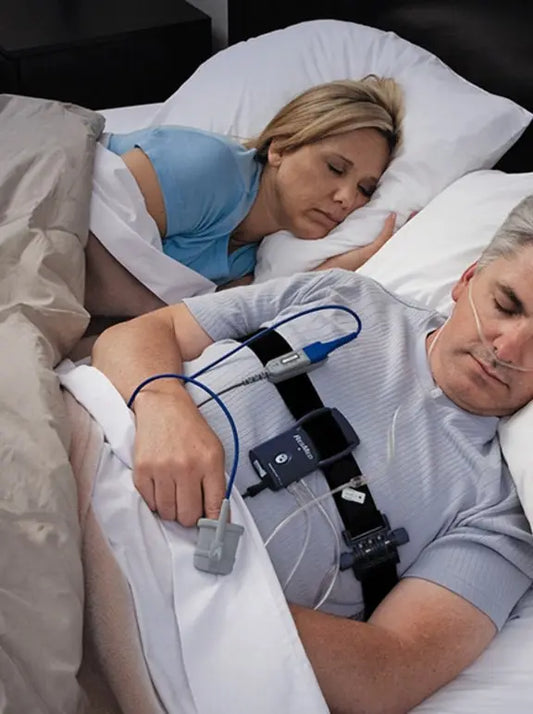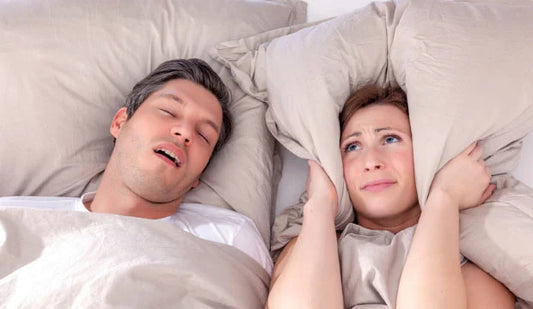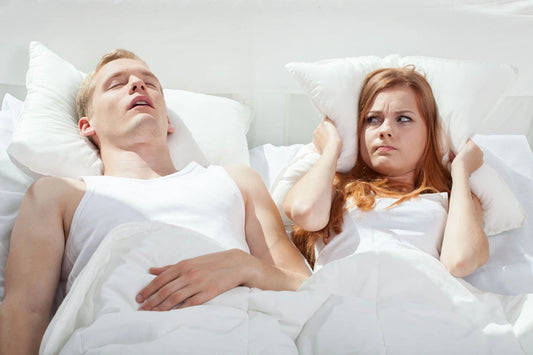Scientists have known for several years that sleep apnea promotes certain more or less severe pathologies. New studies show that this respiratory disorder is likely to cause respiratory tract infections such as pneumonia.
High risk of pneumonia in apneics
Sleep apnea affects nearly one billion people worldwide. And the trend should be up. The phenomena of obesity, overweight and aging of the constantly increasing population will have the effect of increasing the number of people suffering from sleep apnea. One of the symptoms of sleep apnea is often great fatigue during the day, or even true daytime drowsiness.
Recent studies indicate that sleep apnea promotes pneumonia.
Scientific teams have followed thousands of patients for several years. Some of them suffered from sleep apnea while others had no sleep problems. The results show that people with apnea are more vulnerable to respiratory tract infections. The rate of pneumonia was higher in patients with sleep apnea than the others. Sleep apnea would therefore increase the risk of pneumonia.
Sleep apnea treatment
Several therapies are currently available in the treatment of sleep apnea. Often affecting overweight and obese people, regular physical activity is often the first advice doctors give to their patients.
In more severe cases of sleep apnea, upper airway surgeries are prescribed. But it is the device that remains the most widespread treatment. Its effectiveness allows the symptoms to decrease significantly or even disappear completely. Continuous Positive Airway Pressure (CPAP) is considered the best way to overcome sleep apnea.
In most cases, this treatment allows people who follow it to reduce their sleep apnea. Within weeks, daytime fatigue and migraines become bad memories.
However, while the effectiveness of CPAP is indisputable, this therapy is considered to be the main cause of the high rates of pneumonia in apneic patients.
Continuous Positive Airway Pressure: Treatment for Lung Infections
In addition to showing that sleep apnea promotes lung infections, certain results of several studies seem to indicate that people followed by continuous positive pressure (PPC) develop pneumonia more often than patients with apnea treated with other methods.
Among apneic patients treated with CPAP, 43% developed an airway infection, while the rate of pneumonia in people not using CPAP did not exceed 25%. In addition, studies show that the use of CPAP heated humidifiers further increases the risk of lung infection.
To explain this phenomenon, the scientists argue that this fairly invasive treatment can lead to bacterial colonies in the different parts of the device that constitute it. Tubes and masks are favorable environments (especially when the air is heated and humidified) for the multiplication of bacteria. While some of them pose no health hazard, pathogens may swarm on the surfaces of the machine.
By using CPAP during sleep during the night, these colonies of microbes pass into the patient's respiratory tract and thus cause infections. Other studies have also shown a clear correlation between the high rate of pneumonia and a lack of maintenance of the device. It is therefore essential to emphasize the hygiene of the constituents of the PCP. Tubes, reservoirs and masks should be thoroughly cleaned with the aim of disinfecting all surfaces that may inhabit microorganisms.
Pneumonia can be serious, especially in apneic people who are overweight and suffer from cardiovascular disorders. It is therefore imperative to carry out educational campaigns in order to make patients treated with CPAP aware of the hygiene of their machine. This will drastically reduce the risk of lung infection.
Learn more:- Asthme et apnée du sommeil ;
- Hypertension artérielle pulmonaire : définition, causes, conséquences ;
- Apnée du sommeil et risque de cancer ;
- Apnée du sommeil et risque d’AVC ;
- Apnée du sommeil et risque de dépression ;
- Diabète et apnée du sommeil ;
- Allergie et apnée du sommeil ;
- Covid-19 et apnée du sommeil ;
- Les conséquences de l'apnée du sommeil.

- Choosing a selection results in a full page refresh.
- Opens in a new window.







